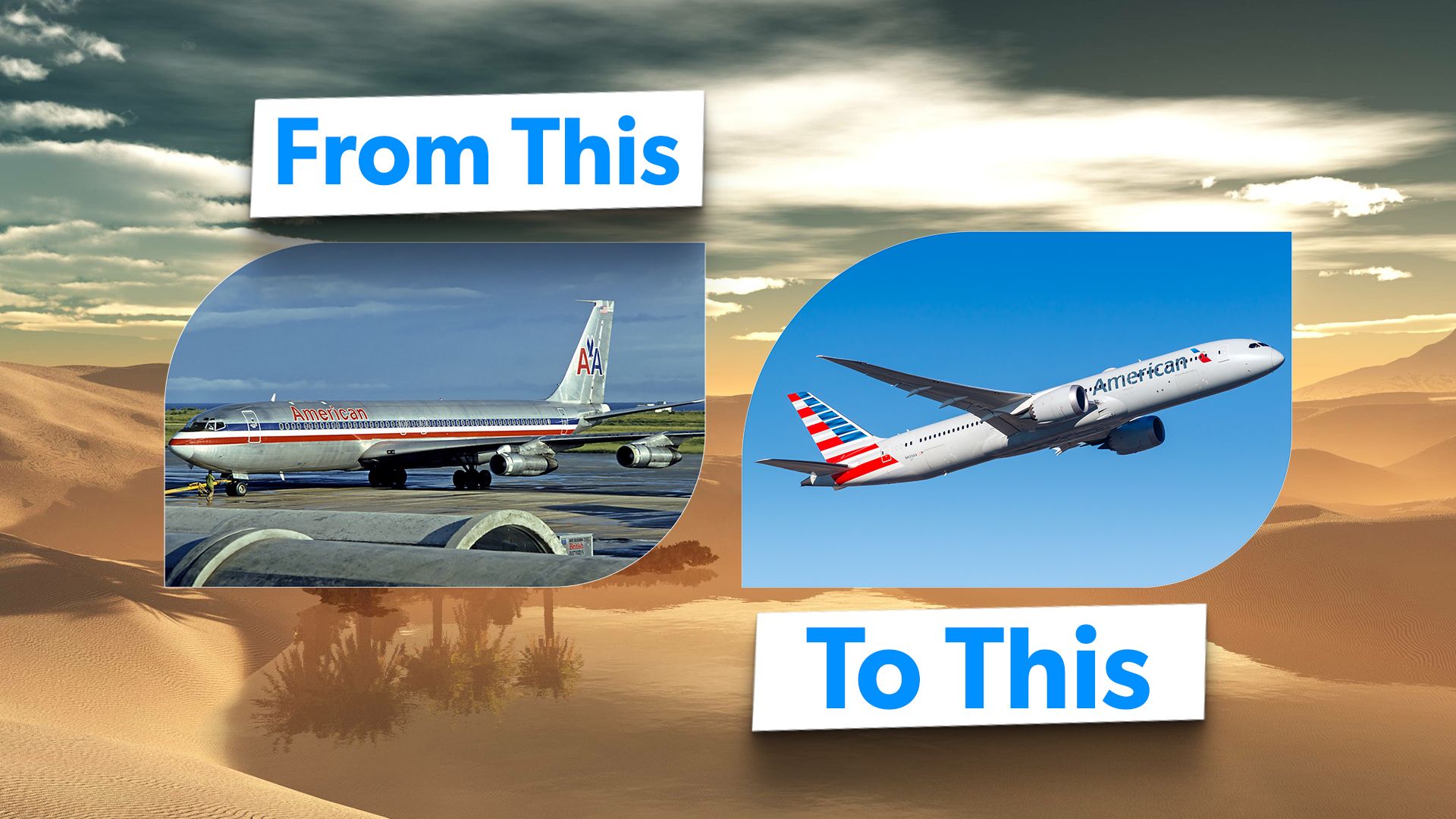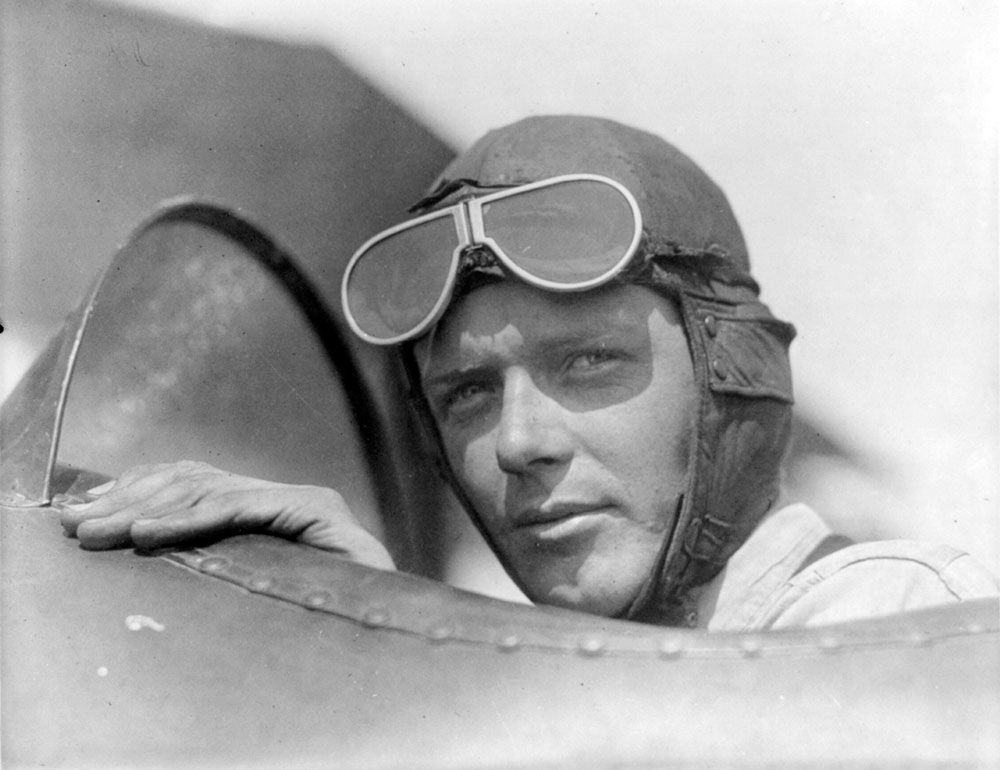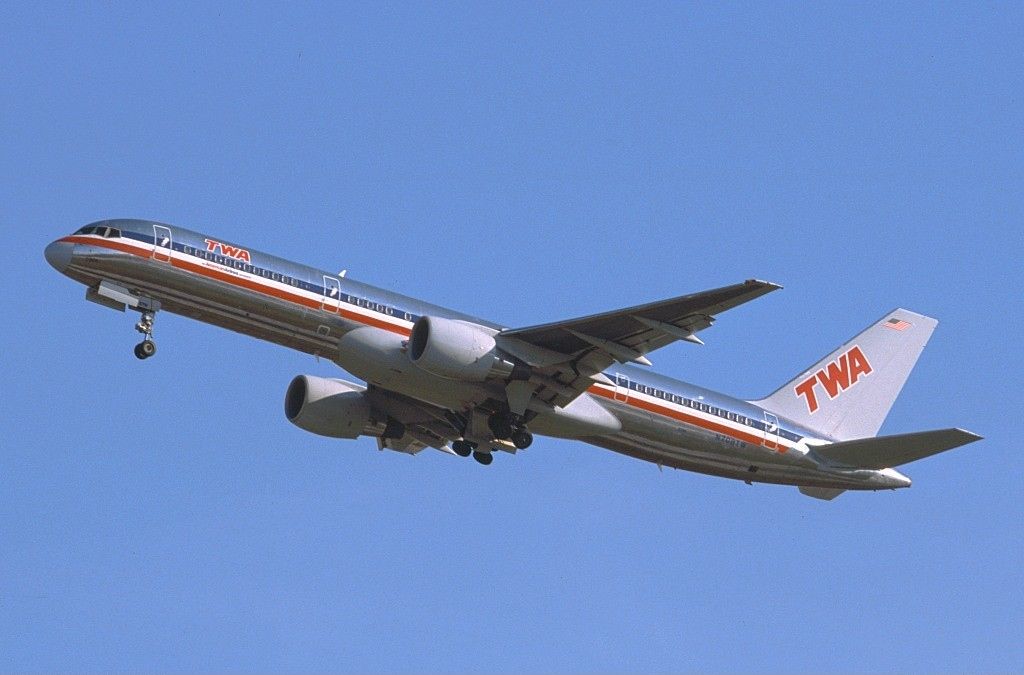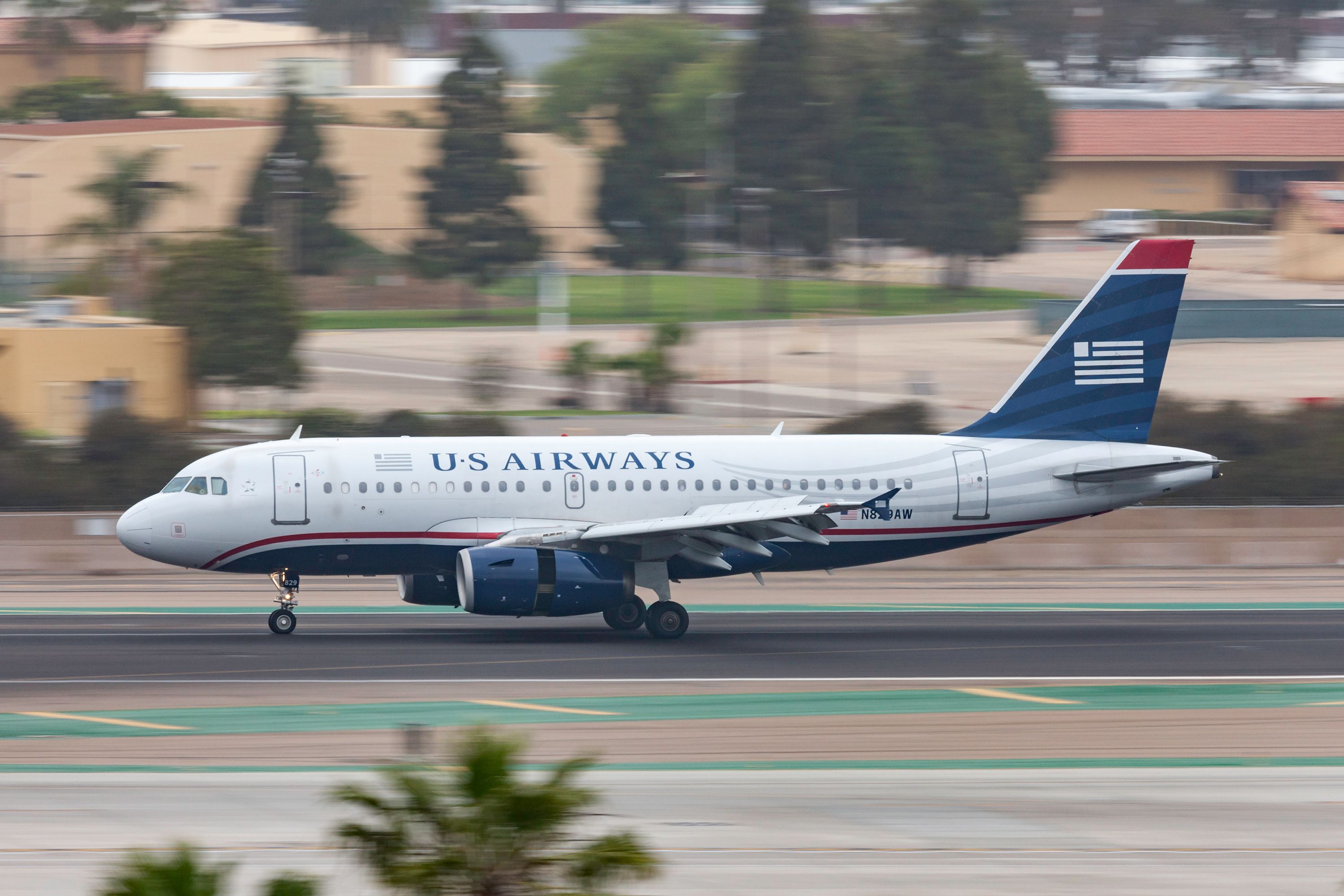Summary
- American Airlines is a major global carrier with a rich history and extensive route network.
- The airline has faced financial challenges but has overcome them through mergers and acquisitions.
- American has made numerous industry firsts and has a large fleet with numerous heritage liveries.
American Airlines is one of the largest airlines in the world, with an extensive route network worldwide. The carrier is one of the three US legacy airlines, competing directly with Delta Air Lines and United Airlines. Over its nearly 100-year history, American has had its ups but has also faced severe challenges due to financial insecurity. However, it has overcome some of its greatest setbacks through mergers and acquisitions.
The Fort Worth, Texas-based airline’s corporate identity is also a large part of US history, as its iconic “AA” eagle logo was used for more than four decades. Now, its brand features a refreshed eagle but no longer incorporates the two-letter scheme. American also has one of the largest fleets in the world, which notably carried an unforgettable bare-metal livery. More than a decade ago, a rebranding introduced fully painting its aircraft fuselages in silver – reminiscent of the bare-metal look.
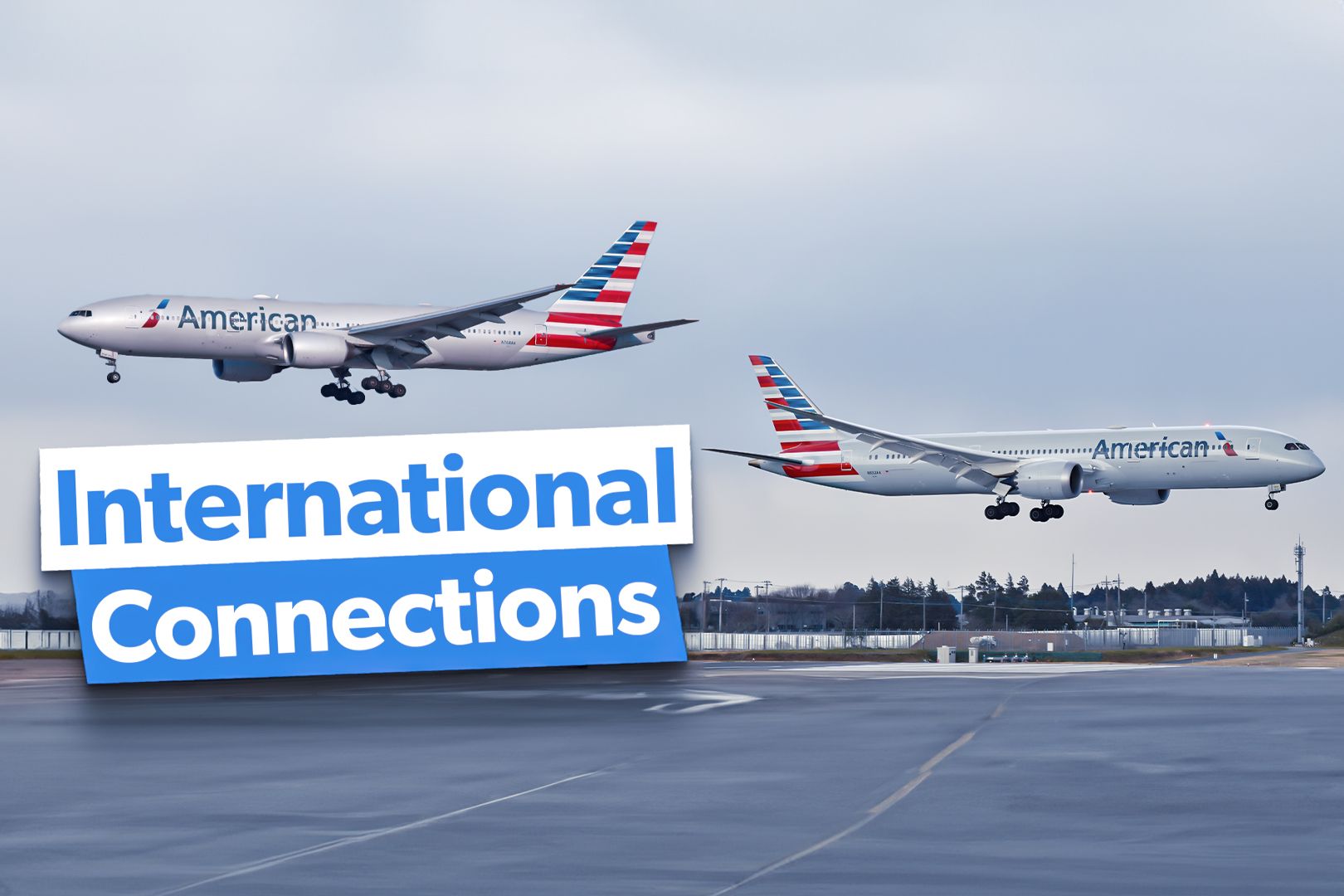
Read More
Top 5: These Are American Airlines’ Most Frequently-Served International Routes From Dallas-Fort Worth
Most of these routes are served with multiple daily flights.
American and its regional brand, American Eagle, operate to more than 350 destinations in over 60 countries. Over the years, the airline has commemorated several industry firsts, such as hiring the first black commercial airline pilot in the US and the first female commercial pilot in the US. The carrier is also credited for being the first to launch a loyalty program for any major airline and the first to introduce airport lounges. Currently, Americans employ around 130,000 people around the globe.
Its international and domestic operations are supported by ten hubs: six on the East Coast, two in the Midwest, and two on the West Coast.
|
Hub |
Geographic Location |
|---|---|
|
Charlotte Douglas International Airport (CLT) |
US East Coast |
|
LaGuardia Airport (LGA) |
|
|
Miami International Airport (MIA) |
|
|
John F. Kennedy International Airport (JFK) |
|
|
Philadelphia International Airport (PHL) |
|
|
Ronald Reagan Washington National Airport (DCA) |
|
|
Chicago O’Hare International Airport (ORD) |
US Midwest |
|
Dallas/Fort Worth International Airport (DFW) |
|
|
Los Angeles International Airport (LAX) |
US West Coast |
|
Phoenix Sky Harbor International Airport (PHX) |
1
Establishing operations
Occurred in 1926
Although American officially commenced operations in the 1930s, its humble beginnings date back to the 20s when legendary aviator Charles A. Lindbergh flew his DH-4 biplane with a bag of mail from St. Louis, Missouri, to Los Angeles. Lindbergh was the chief pilot of Robertson Aircraft Corporation, which was formed in 1921. Eight years later, the company merged with Colonial Air Transport to form The Aviation Corporation.
The FAI proudly ratified Charles Lindbergh’s first solo translatlantic flight. Photo: FAI
In 1930, the company was renamed to American Airways, but it would not last for long:
- As new laws came about and mail contracts began to end in 1934, several airlines were forced to reorganize their operations
- American had to restructure its routes and ultimately made them more connected
- As a result, American Airways was renamed to American Airlines
- The airline began operating sleeping-berth-equipped Curtiss Condor biplanes between New York and Chicago
2
Douglas Aircraft Company’s relationship
From 1930-1936
One of the main elements of American’s growth and success in its early years was its relationship with the Douglas Aircraft Company. The carrier’s then-CEO, C.R. Smith, pioneered the development of the Douglas DC-3 after the success of the DC-2. According to The Museum of Flight, Smith approached the aircraft manufacturer to develop a new plane that would still have the speed, reliability, and profitability of the DC-2 but with the comfort of its sleeping planes.
The innovation created the DC-3, which had several new features compared to its predecessor:
- Longer and wider fuselage with rounded sides
- Enlarged wings and tail surfaces
- New nose section and landing gear
- American became the first airline to fly the DC-3 in commercial service between New York and Chicago
3
Purchase of Trans World Airlines
Occurred in 2001
American grew larger at the beginning of the 2000s when it acquired bankrupt Trans World Airways (TWA). It had been the third and final time TWA filed for bankruptcy. The carrier’s assets were purchased by American’s parent company at the time, AMR Corporation, in April 2001, before TWA operated its last flight in December of that year. During its more than 70-year history, TWA transformed aviation, developing its largest hub at St. Louis Lambert International Airport (STL) and operating a transatlantic hub at JFK.
The STL hub was closed after the merger, given that American already had a strong presence less than 300 miles northeast at ORD. Remnants of TWA’s legacy still live on today:
- American has a Boeing 737-800 painted in a special livery as a dedication to the airline
- The TWA Hotel is located at JFK, preserving the history of TWA’s global operations
4
US Airways Merger
Occurred in 2013, completed in 2015
Challenges from the 2007-2008 recession and rising fuel costs severely impacted American. AMR Corporation had no choice but to file for bankruptcy protection in 2011, which left it searching for a lifeline. Two years later, AMR Corporation merged into Tempe, Arizona-based US Airways Group, the parent company of US Airways.
Photo: Ryan Fletcher | Shutterstock
The merger, which ultimately formed the largest in the world, involved many of US Airways’ management and executives taking over but retaining the American Airlines name as it was better recognized. Nonetheless, it brought significant changes to the carrier:
- American began operating Airbus aircraft that were adopted from US Airways after mainly flying Boeing aircraft for years
- The airline kept US Airways’ existing hubs at PHX, DCA, CLT, and PHL
5
“The New American”
Established in 2013
As the airline ushered in many changes to keep its international brand afloat, a refreshed and modern look was unveiled in 2013, as part of a marketing campaign known as “The New American.” This introduced a new livery that would harmonize its legacy aircraft and planes from US Airways. American’s livery at the time featured bare metal fuselages with red, white, and blue stripes on the fuselage, which had been around for more than 40 years.
Photo: American Airlines
While the paintless livery essentially reduced aircraft weight, the new paint scheme involves a primarily silver fuselage, with large “American” lettering on the side and an abstract American flag on the tail. The redesigned look would be painted across its entire fleet, but the airline’s former CEO, Doug Parker, wanted to make sure that American’s heritage would live on through special liveries:
Interestingly, Piedmont and PSA airlines have been revived from their former mainline versions that ultimately formed American. They are now wholly-owned regional airlines operating under the American Eagle brand.
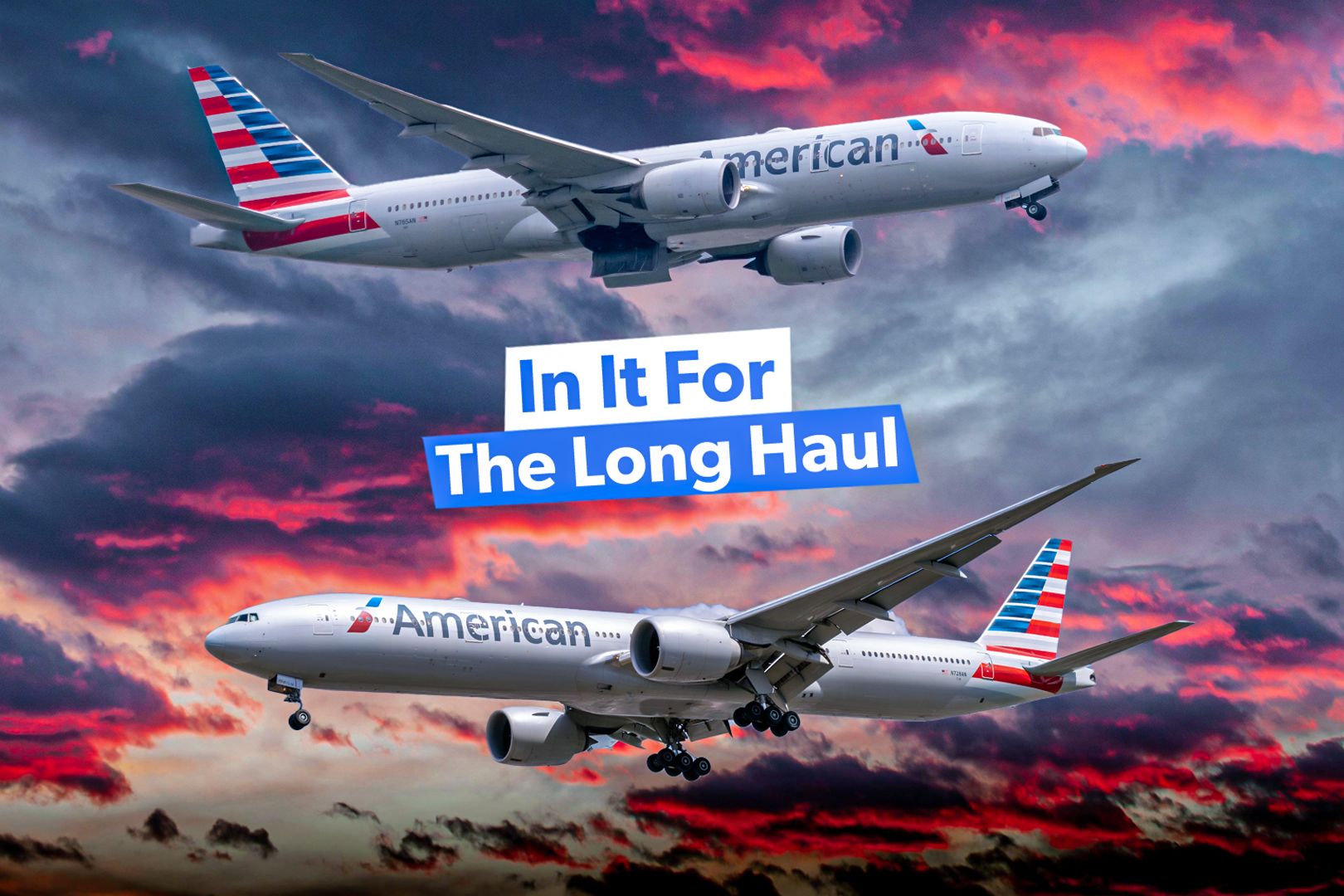
Check It Out
Analysis: What Are American Airlines’ Longest Boeing 777 Routes?
The Boeing 777 is the backbone of the airline’s long-haul operations and is often found in far-flung destinations.

